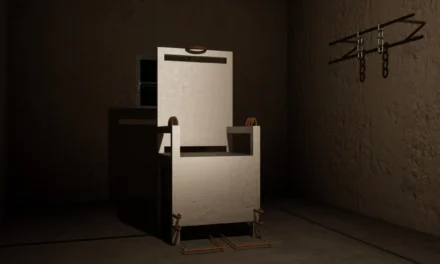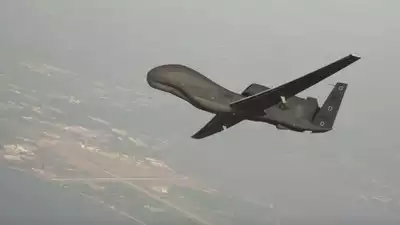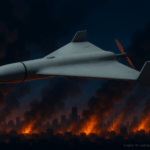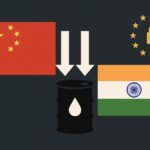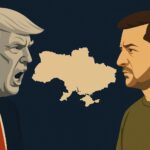In his April 27, 2025 evening address, President Volodymyr Zelensky frames Ukraine’s strategy as a blend of battlefield resolve and diplomatic urgency: keep the defensive lines strong so that talks can be meaningful and grounded in reality. He reports steady Ukrainian activity beyond the border in Russia’s Kursk and Belgorod regions and praises troops—especially the 3rd Operational Brigade of the National Guard—for holding firm around Pokrovsk, a reminder that resilience on the front is a prerequisite for credible negotiation. He condenses the message to a single thesis: strong positions create the space and leverage for “the right diplomacy.” president.gov.ua Zelensky dismisses Moscow’s hints of readiness to accept American ideas for a ceasefire, noting there are no signs of genuine preparations for quiet; instead, after Easter, Russia returned to its habitual assault tempo, absorbing heavy losses while trying to inch forward and, in his words, to deceive the world and string out the war. Against that backdrop, he recounts a dual track: Ukraine agreed 47 days earlier to an American proposal for a full, unconditional ceasefire at talks in Saudi Arabia and then tabled its own practical ask—at minimum, stop attacking civilians—while intensifying diplomatic engagement, including meetings in the Vatican and Rome. president.gov.ua Russia’s answer, Zelensky says, was more violence: waves of Shahed drones, missiles, artillery, and renewed ground pushes. He cites stark figures to underline the point—nearly 150 attack drones in a single night and, since March 11, almost 8,500 aerial bombs, roughly 200 missiles, and about 3,000 Shaheds, the vast majority aimed at ordinary cities and civilian infrastructure. He argues that only mounting pressure—especially tougher U.S.-led measures and new sanctions—can force Moscow toward steps that would actually end the war rather than prolong it through theatrics. president.gov.ua The address closes on gratitude and civic solidarity: Zelensky thanks the State Emergency Service, municipal utilities, and the National Police—thousands working daily to save lives and restore services—and singles out Kyiv and Kyiv Oblast responders after a recent strike. The overall thrust is clear: Ukraine is ready to move fast on diplomacy, but ending the attacks on civilians and securing a real ceasefire will require sustained international pressure, matched by Ukraine’s continued strength at the front.
Holding the Line to Strengthen Diplomacy: Zelensky’s Appeal



